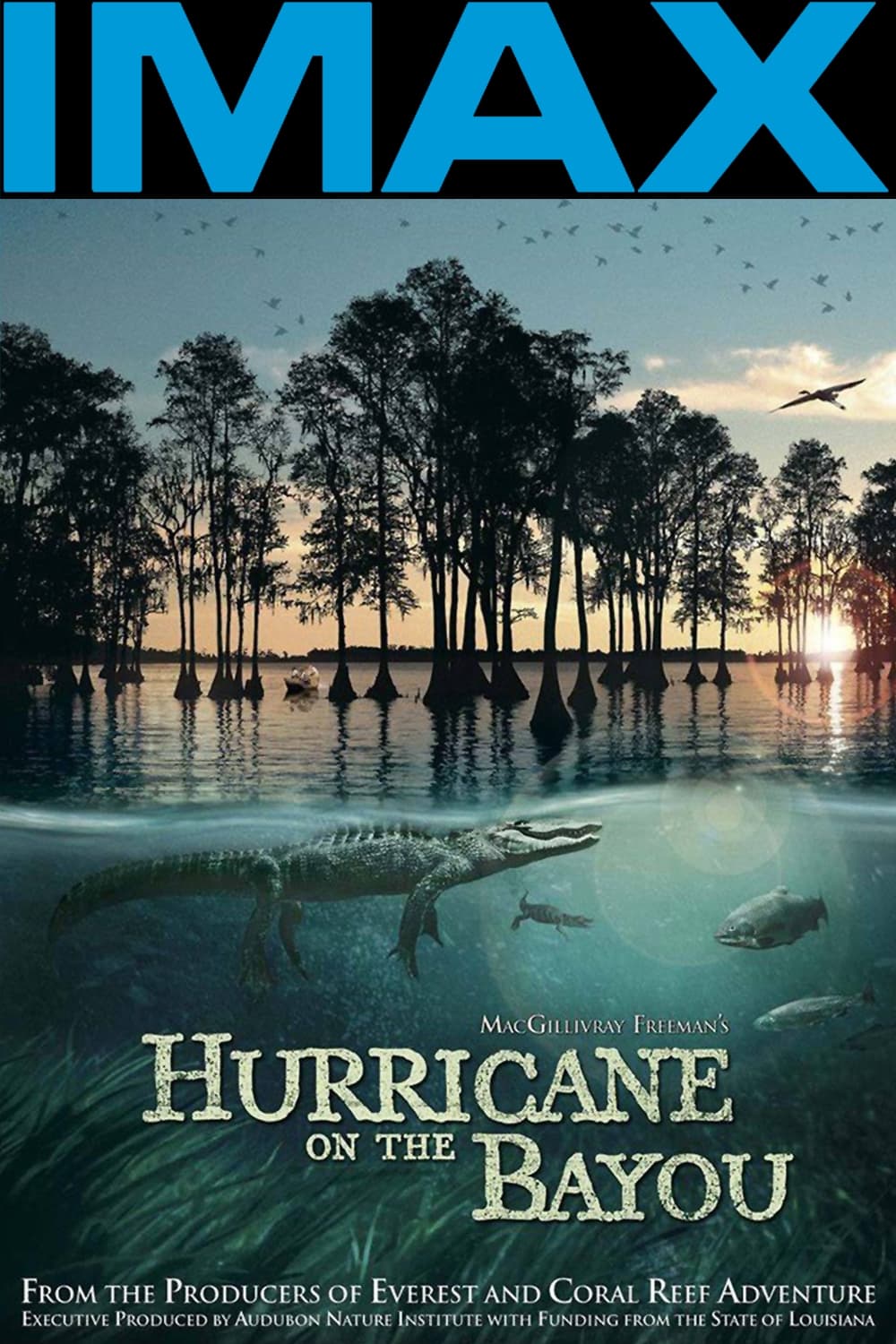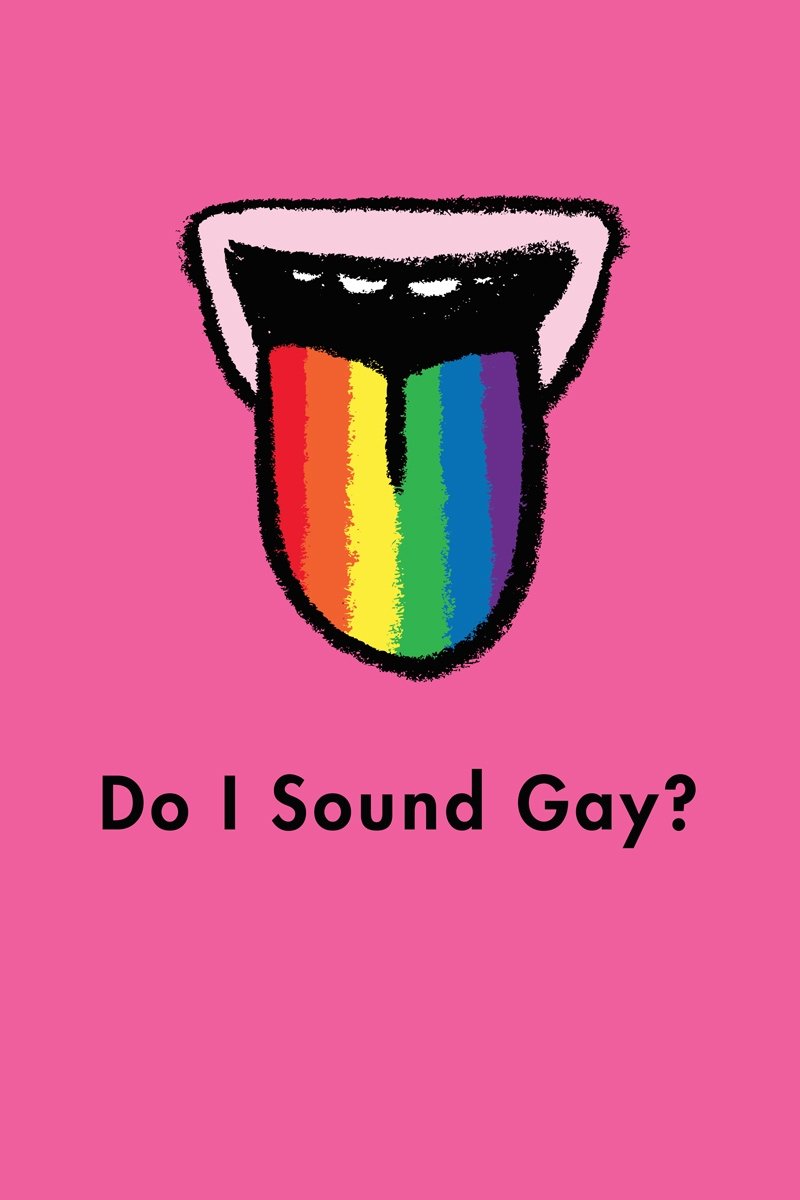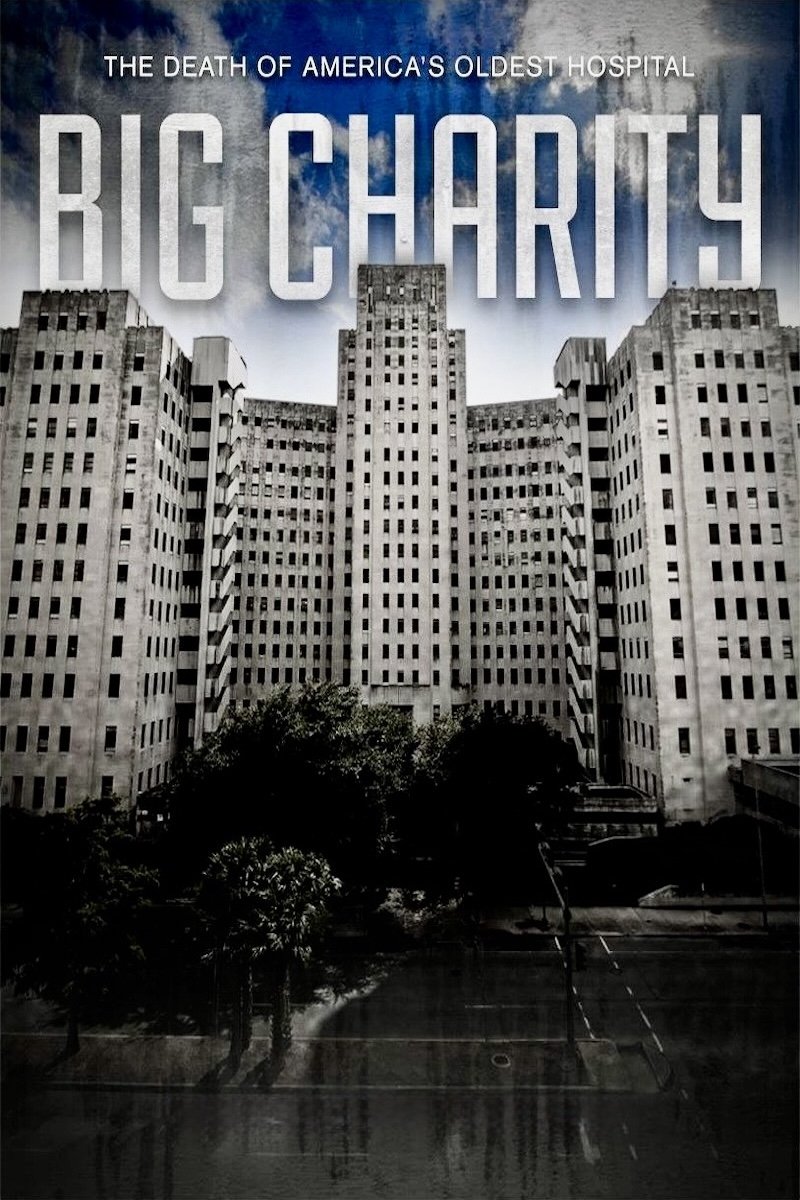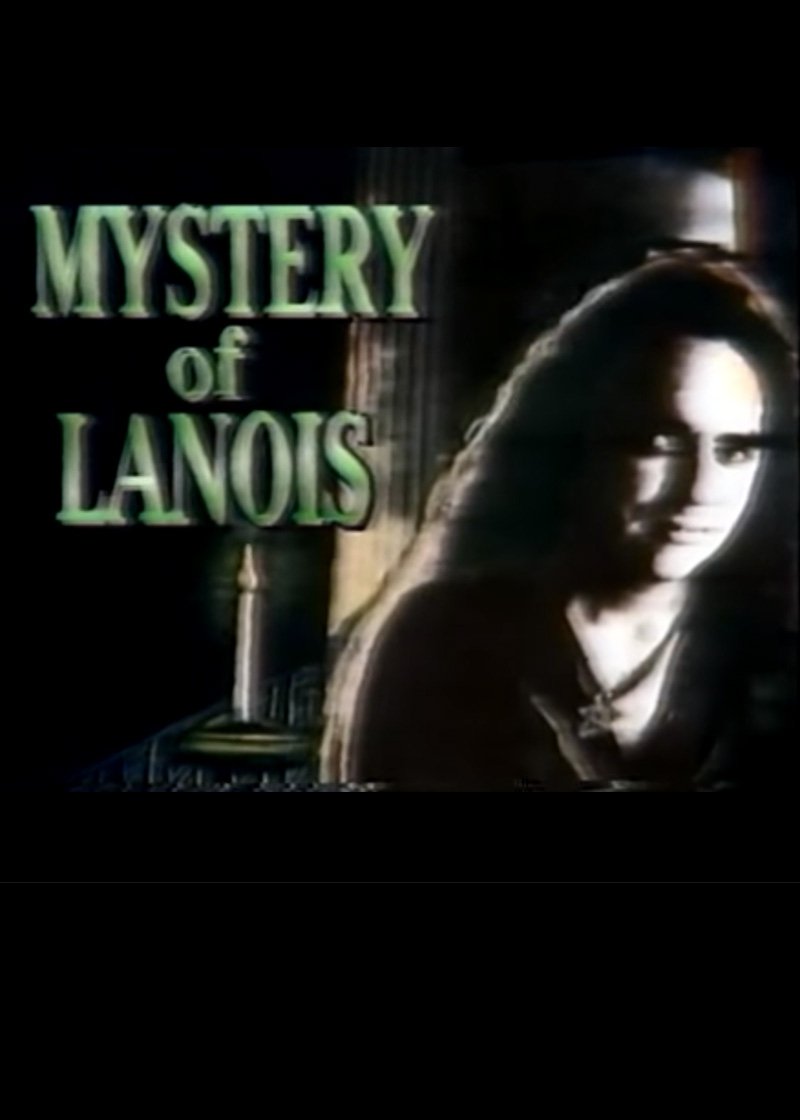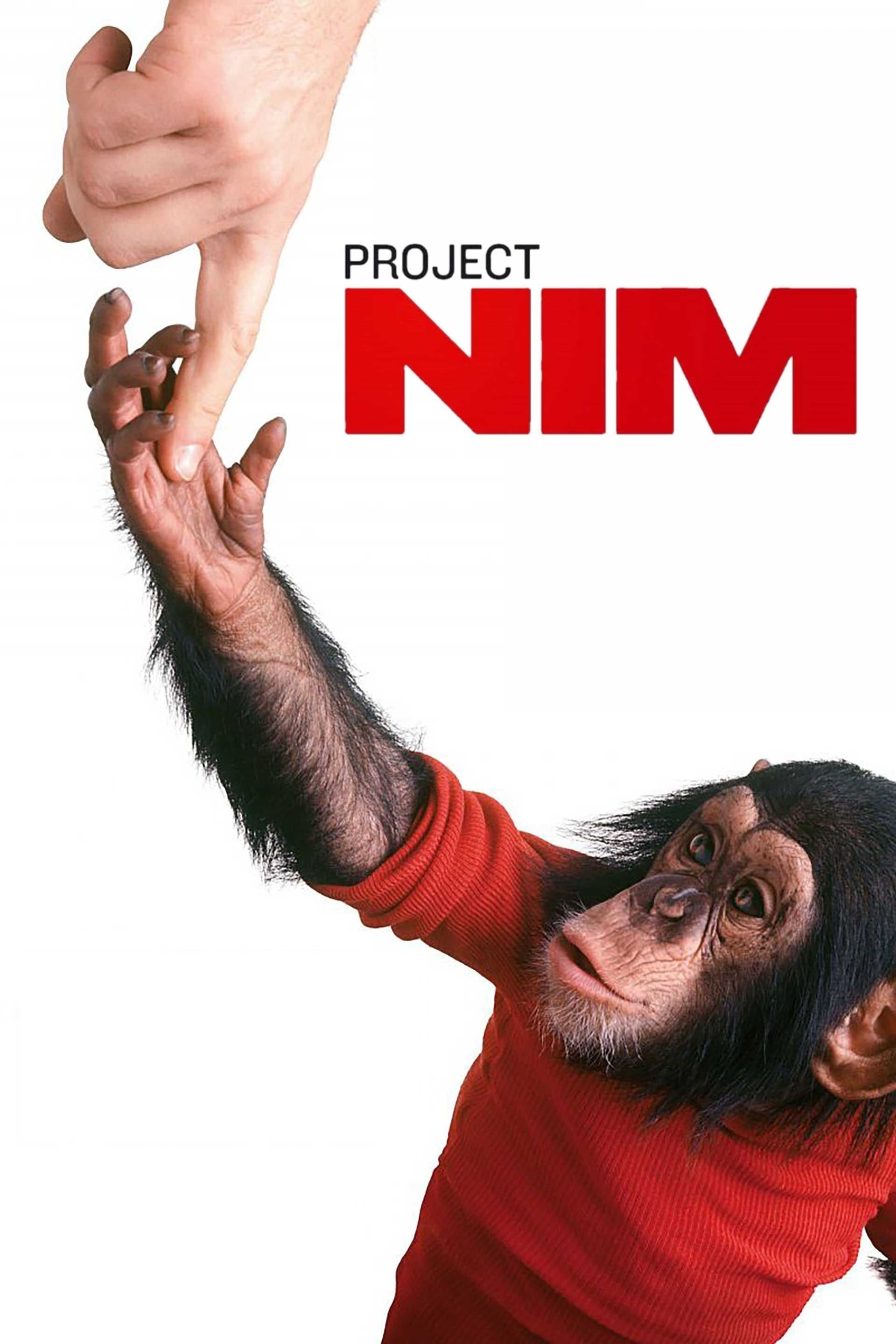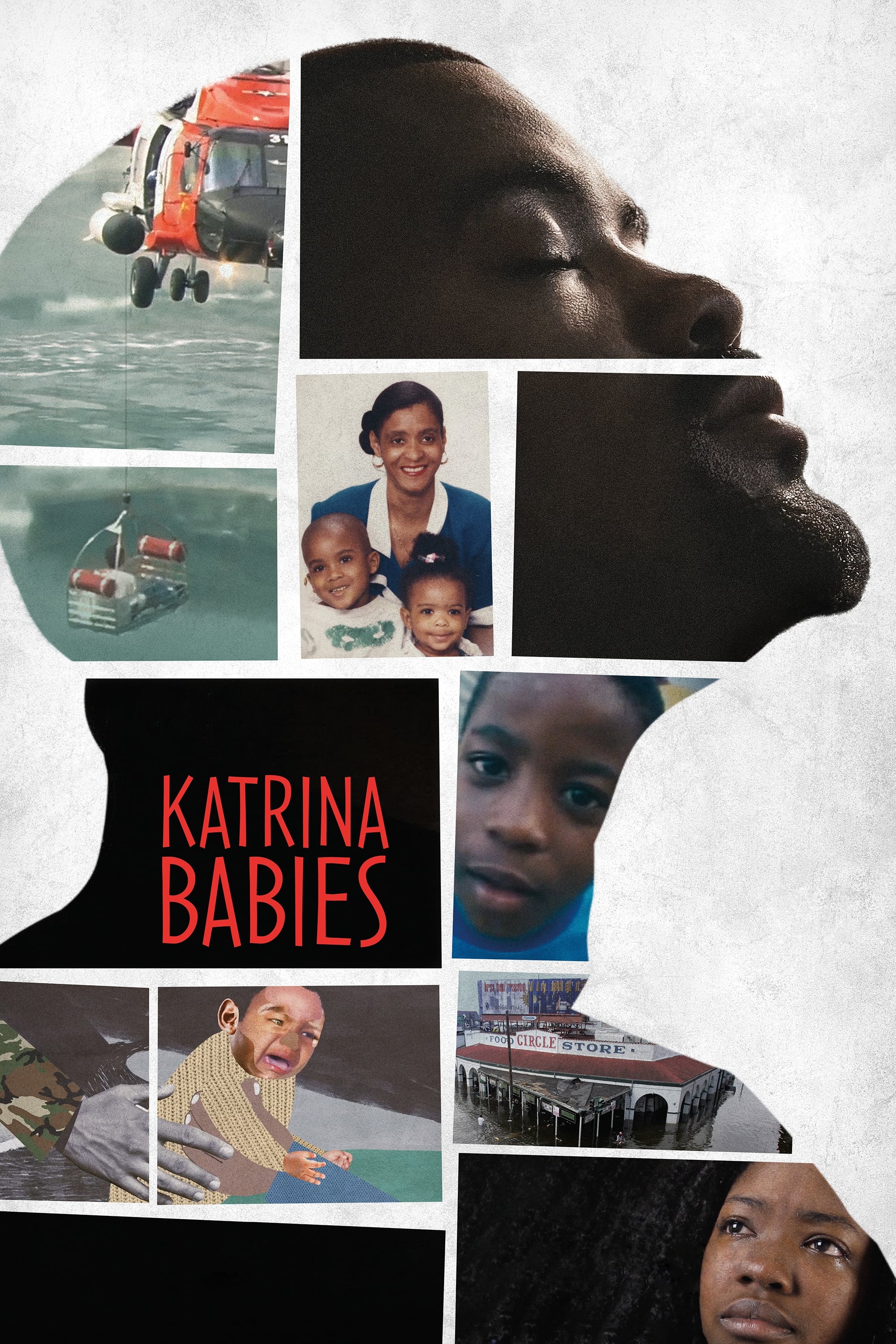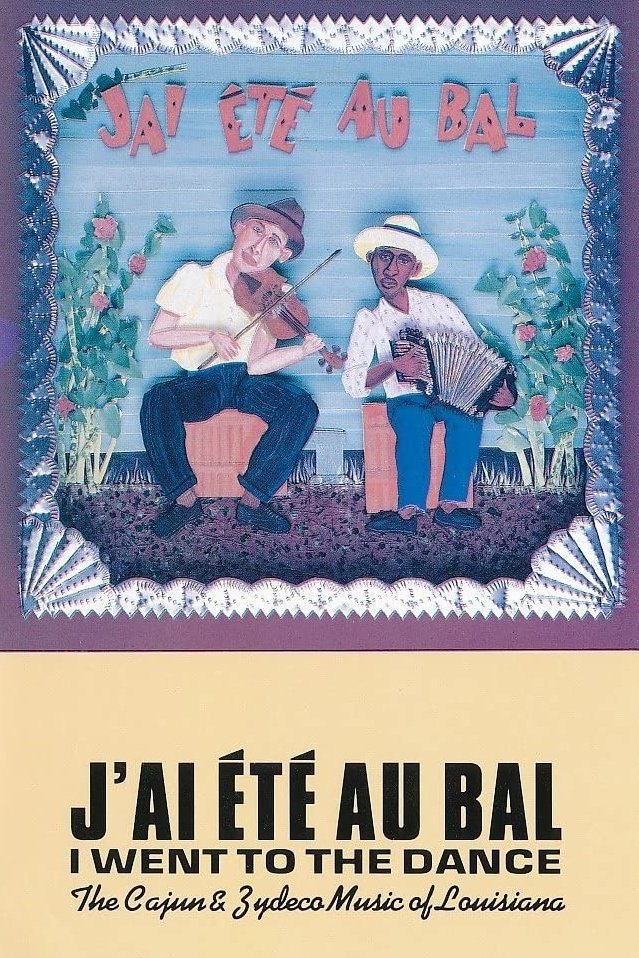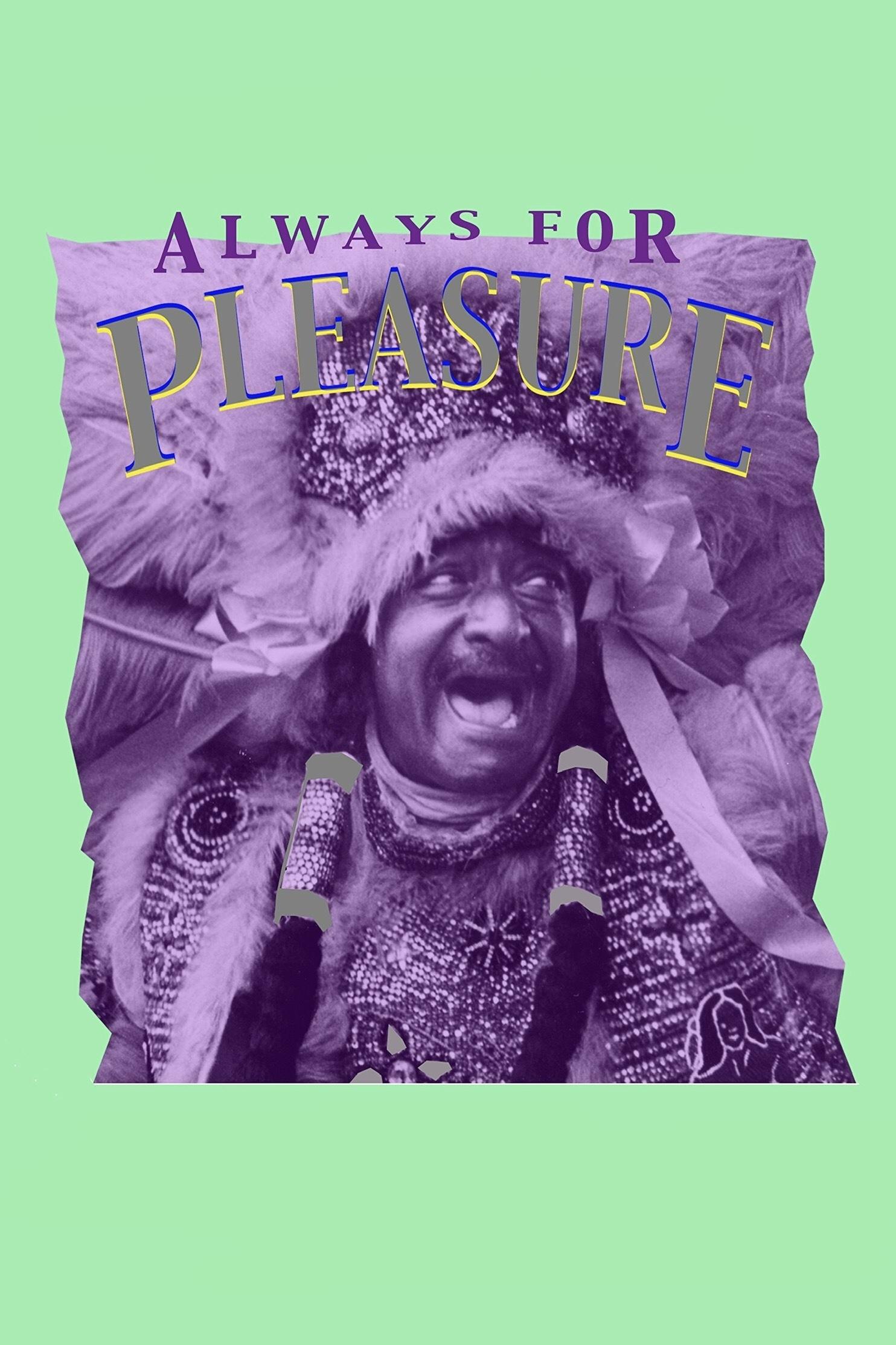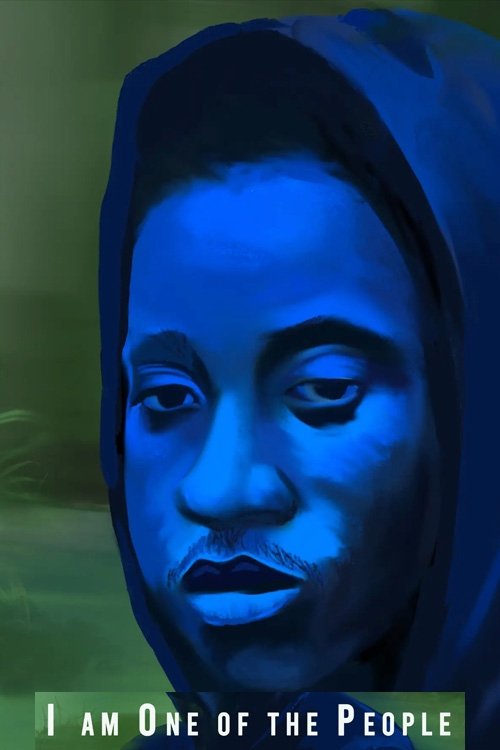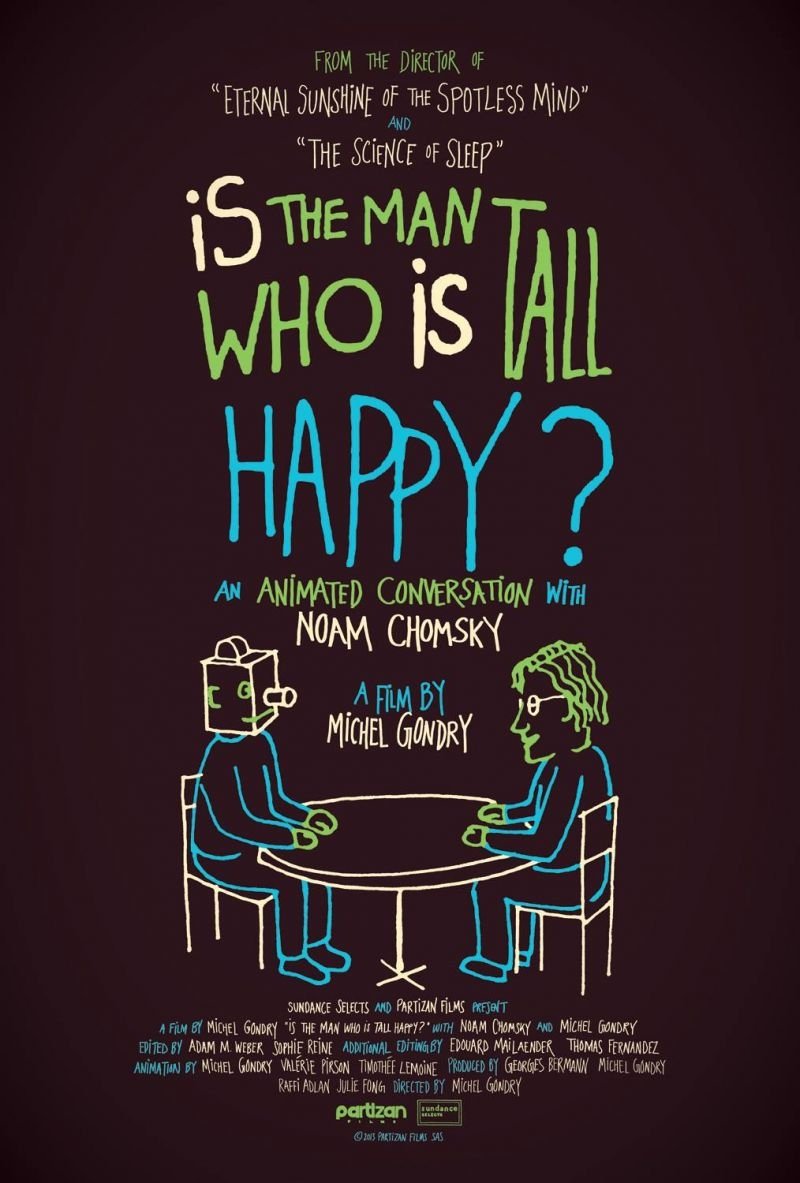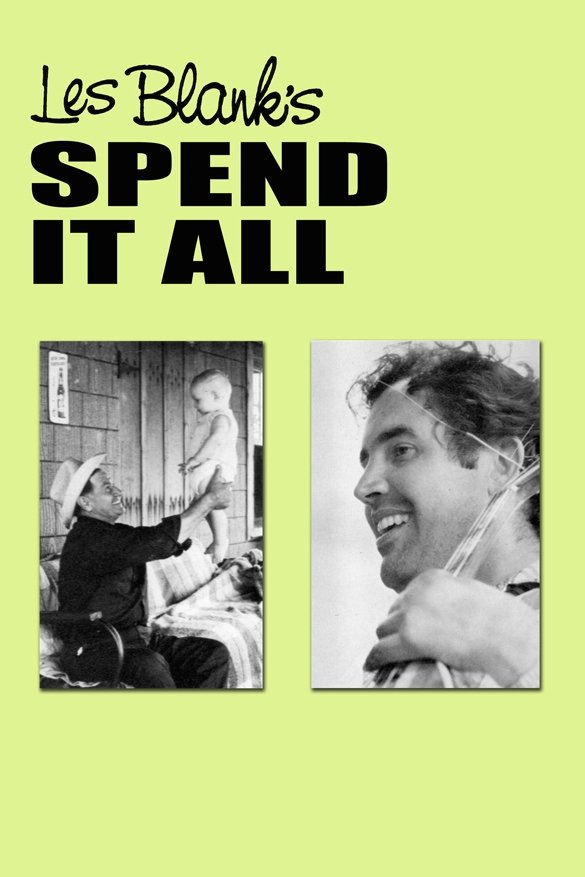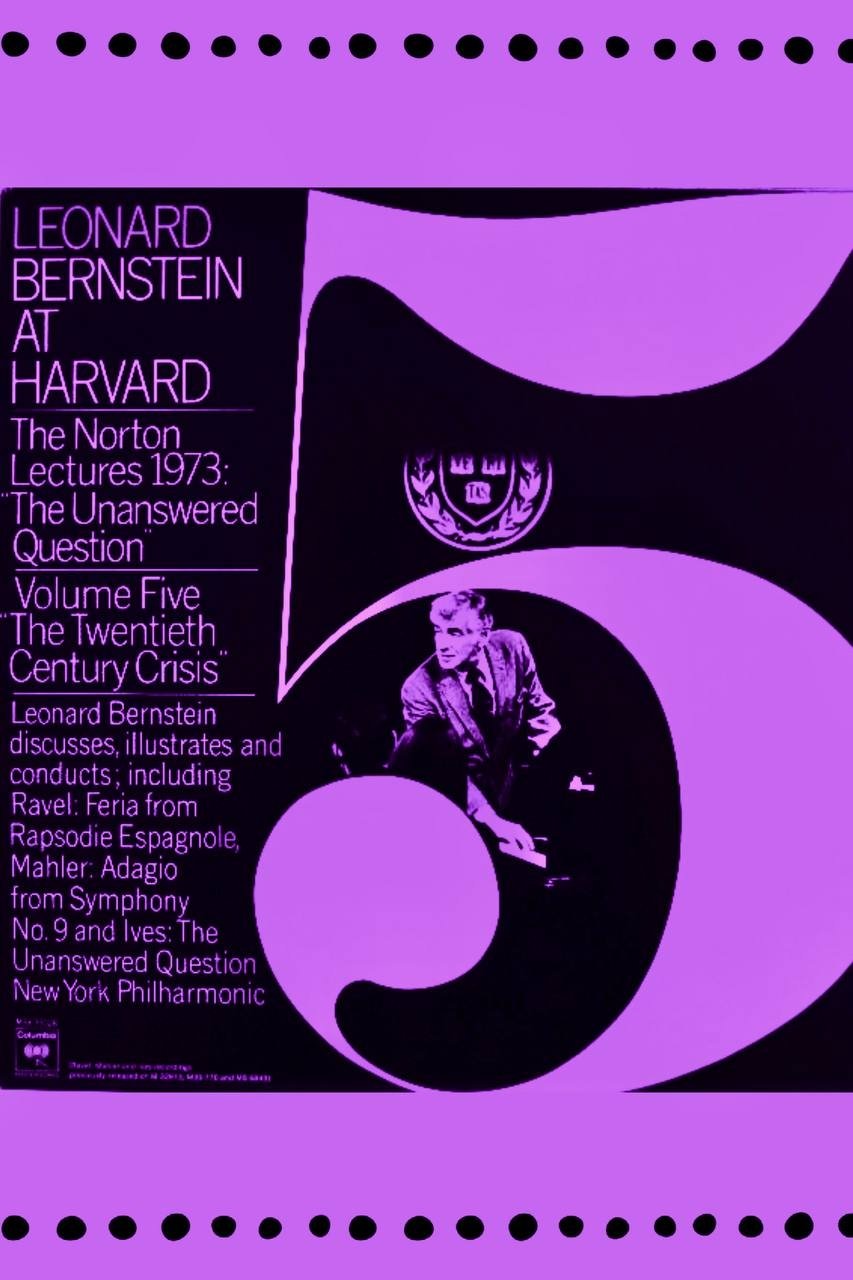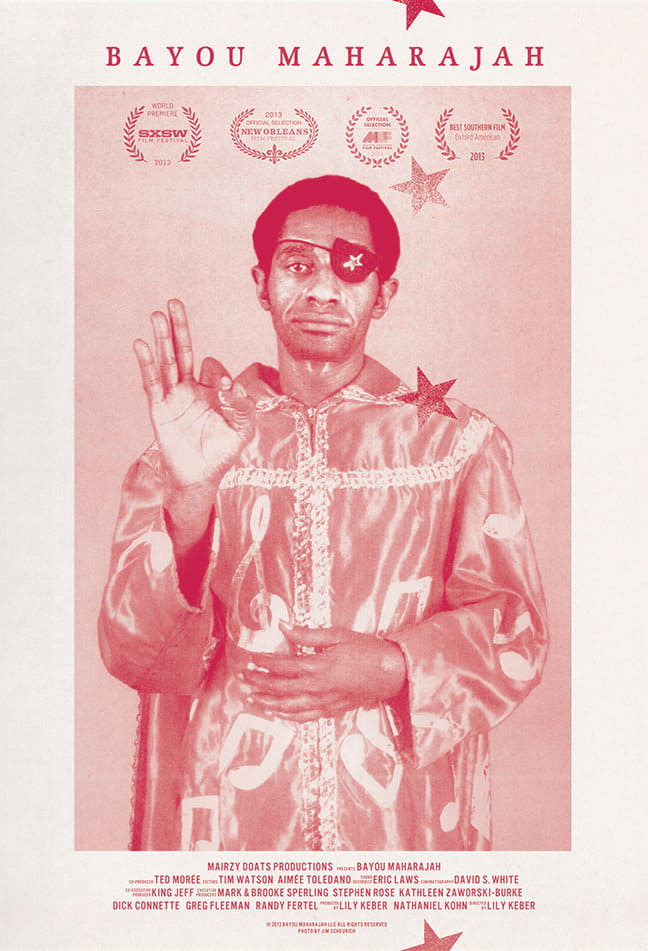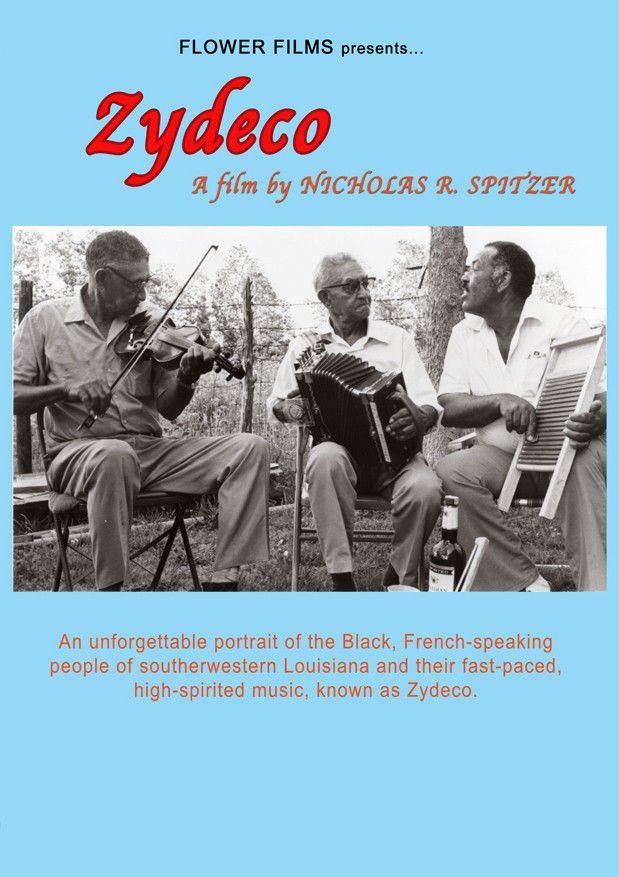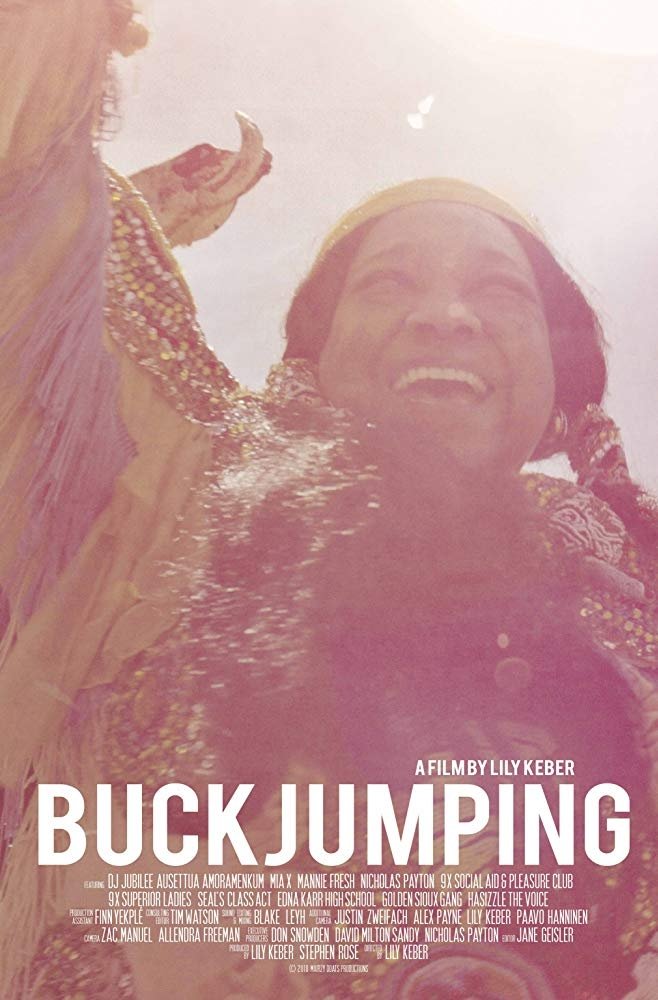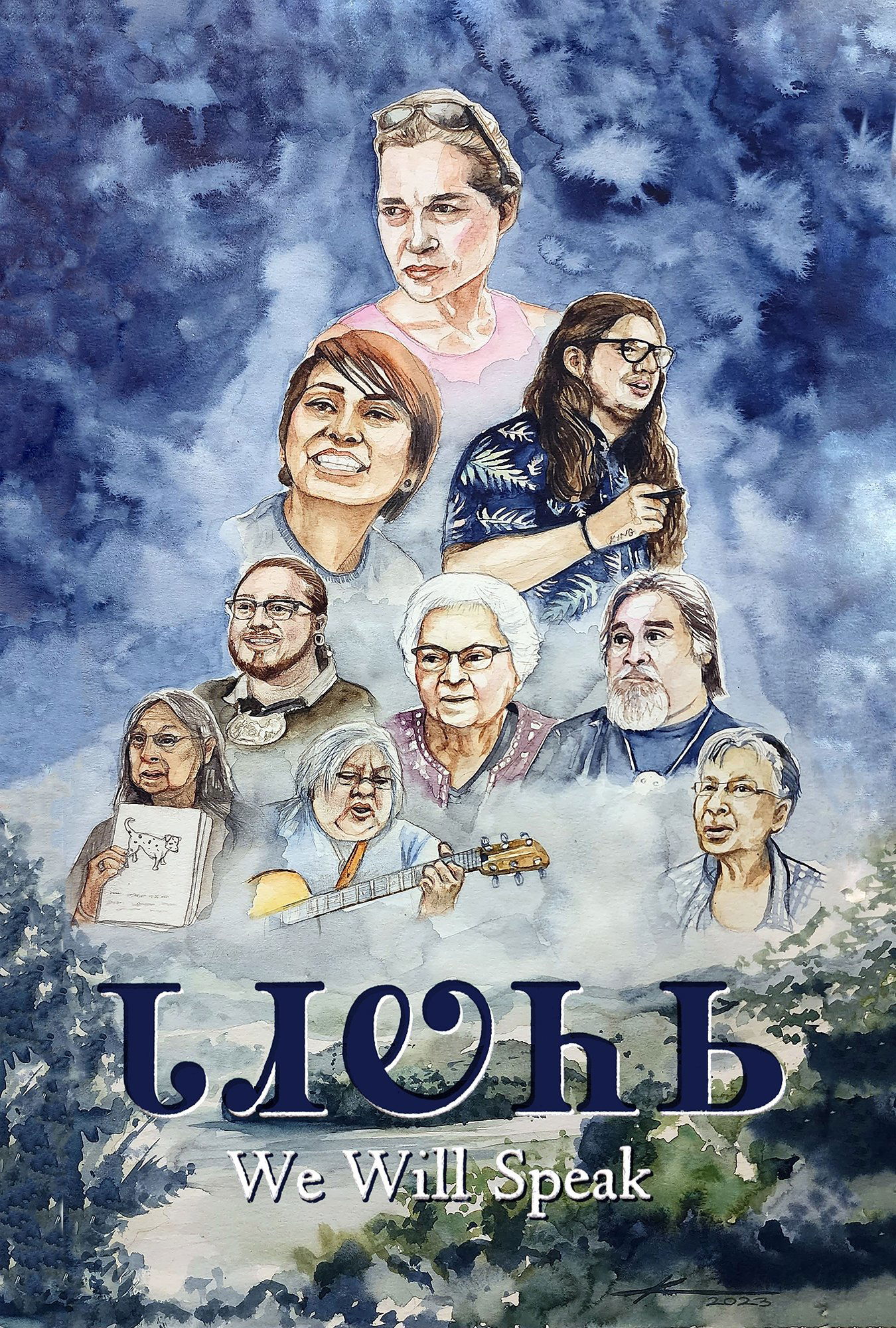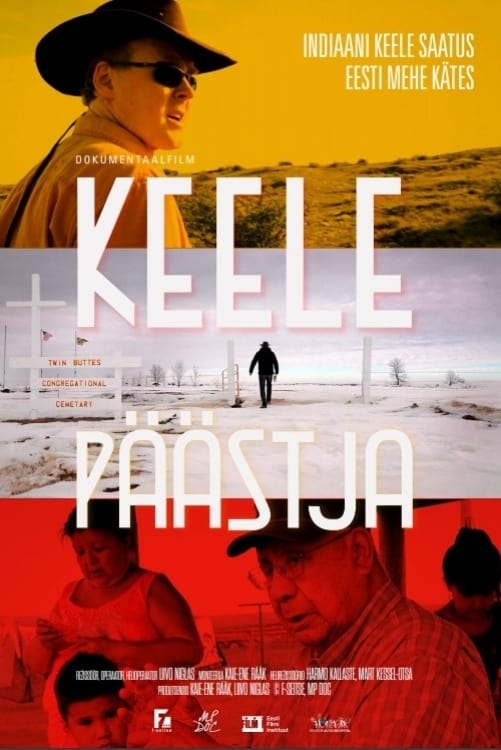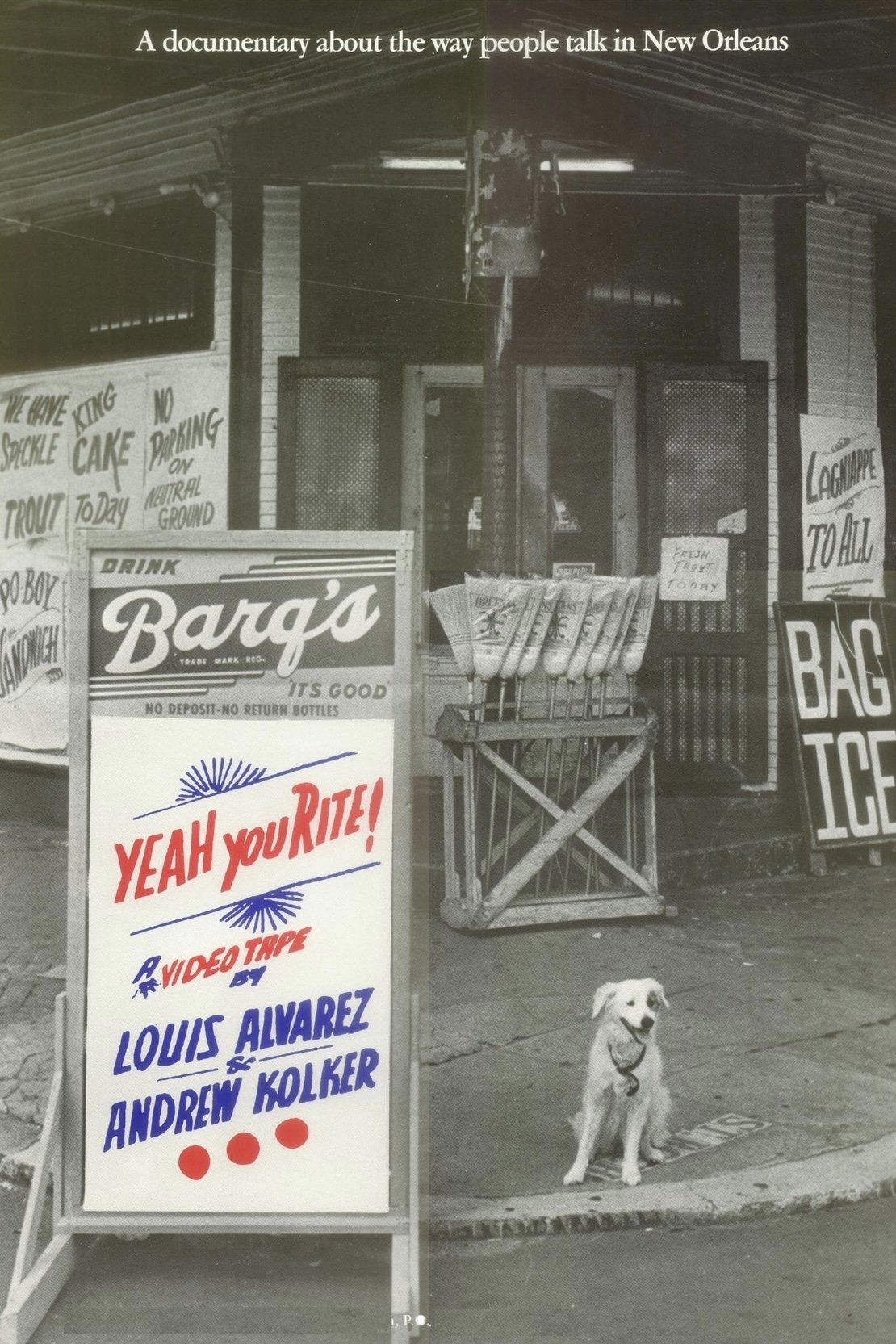
Yeah You Rite! (1985)
Overview
This award winning film is a fast paced, humorous look at the colorful way the residents of New Orleans express themselves - why they talk the way they do, where the words come from, and what it means to talk with a New Orleans accent.
Production Companies
Additional Info
| Budget | $0.00 |
|---|---|
| Revenue | $0.00 |
| Original Language | en |
| Popularity | 0.0398 |
Directed By
Andrew Kolker
Louis Alvarez
TOP CAST
Similar Movies
Hurricane on the Bayou
The film "Hurricane on the Bayou" is about the wetlands of Louisiana before and after Hurricane Katrina.
Do I Sound Gay?
What makes a voice “gay”? A breakup with his boyfriend sets journalist David Thorpe on a quest to unravel a linguistic mystery.
Big Charity: The Death of America's Oldest Hospital
This documentary film includes never-before-seen footage and exclusive interviews to tell the story of Charity Hospital, from its roots to its controversial closing in the wake of Hurricane Katrina. From the firsthand accounts of healthcare providers and hospital employees who withstood the storm inside the hospital, to interviews with key players involved in the closing of Charity and the opening of New Orleans’ newest hospital, “Big Charity” shares the untold, true story around its closure and sheds new light on the sacrifices made for the sake of progress.
Birds of America
In the first half of the 19th century, the French ornithologist Jean-Jacques Audubon travelled to America to depict birdlife along the Mississippi River. Audubon was also a gifted painter. His life’s work in the form of the classic book ‘Birds of America’ is an invaluable documentation of both extinct species and an entire world of imagination. During the same period, early industrialisation and the expulsion of indigenous peoples was in full swing. The gorgeous film traces Audubon’s path around the South today. The displaced people’s descendants welcome us and retell history, while the deserted vistas of heavy industry stretch across the horizon. The magnificent, broad images in Jacques Loeuille’s atmospheric, modern adventure reminds us at the same time how little - and yet how much - is left of the nature that Audubon travelled around in. His paintings of the colourful birdlife of the South still belong to the most beautiful things you can imagine.
The Mystery of Lanois
About Daniel Lanois, the Canadian musician and producer, during one of his most productive years in life, living and recording in New Orleans, LA. Daniel Lanois was born in Hull, Quebec. Sept. 19, 1951. His family moved to Hamilton, Ont. in 1963. In 1974 he and his brother Bob built and operated the Grant Avenue Studio, where he produced records by acts such as Martha and the Muffins, Parachute Club, Raffi, and Ian Tyson. In 1989 he released his first solo album, "Acadie". He also produced "Oh Mercy" by Bob Dylan and "Yellow Moon" by The Neville Bros. during the same year.
Project Nim
From the team behind Man on Wire comes the story of Nim, the chimpanzee who in the 1970s became the focus of a landmark experiment which aimed to show that an ape could learn to communicate with language if raised and nurtured like a human child. Following Nim's extraordinary journey through human society, and the enduring impact he makes on the people he meets along the way, the film is an unflinching and unsentimental biography of an animal we tried to make human. What we learn about his true nature - and indeed our own - is comic, revealing and profoundly unsettling.
Katrina Babies
A first-person account of the short-term and long-term devastation wrought by Hurricane Katrina, as told by young people who were between the ages of 3 and 19 when the levees broke.
Saving Pelican 895
HBO Documentary Films Presents the story of the effort to save the 895th surviving oiled pelican in Louisiana, showing how conservationists, government agencies and wildlife activists joined forces to preserve this one life.
I Went to the Dance
The definitive film on the history of the toe-tapping, foot-stomping music of French Southwest Louisiana. Includes many Cajun and Zydeco greats, featuring Michael Doucet and Beausoleil, Clifton Chenier, Marc and Ann Savoy, D.L. Menard, and many others.
Always for Pleasure
An intense insider's portrait of New Orleans' street celebrations and unique cultural gumbo: Second-line parades, Mardi Gras, Jazz Fest. Features live music from Professor Longhair, the Wild Tchoupitoulas, the Neville Brothers and more. This glorious, soul-satisfying film is among Blank's special masterworks. Preserved by the Academy Film Archive in 1999.
I Am One of the People
Harmful chemicals are disproportionately affecting Black communities in Southern Louisiana along the Mississippi River. I am One of the People is an experimental short film exposing the environmental racism of “Cancer Alley.”
Gleason
At the age of 34, former New Orleans Saints defensive back Steve Gleason was diagnosed with ALS and given a life expectancy of two to five years. Weeks later, Gleason found out his wife, Michel, was expecting their first child. A video journal that began as a gift for his unborn son expands to chronicle Steve’s determination to get his relationships in order, build a foundation to provide other ALS patients with purpose, and adapt to his declining physical condition—utilizing medical technologies that offer the means to live as fully as possible.
Is the Man Who Is Tall Happy?
A series of interviews featuring linguist, philosopher and activist Noam Chomsky done in hand-drawn animation.
Spend It All
Another short documentary of "Real Food, Roots Music, and People Full of Passion for what they do!", Spend It All is Les Blank's spirited look at the French-speaking Cajun community of southwest Louisiana. Preserved by the Academy Film Archive in 2013.
The Unanswered Question V : The Twentieth Century Crisis
This series comprised six lectures on music, which cumulatively took the title of a work by Charles Ives, The Unanswered Question. Bernstein drew analogies to other disciplines, such as poetry, aesthetics, and especially linguistics, hoping to make these lectures accessible to an audience with limited or no musical experience, while maintaining an intelligent level of discourse: Lecture 5 picks up at the early twentieth century with an oncoming crisis in Western Music. As these lectures have traced the gradual increase and oversaturation of ambiguity, Bernstein now designates a point in history that took ambiguity too far.
Bayou Maharajah: The Tragic Genius of James Booker
Bayou Maharajah explores the life and music of New Orleans piano legend James Booker, the man Dr. John described as "the best black, gay, one-eyed junkie piano genius New Orleans has ever produced." A brilliant pianist, his eccentricities and showmanship belied a life of struggle, prejudice, and isolation. Illustrated with never-before-seen concert footage, rare personal photos and exclusive interviews, the film paints a portrait of this overlooked genius.
Zydeco
Shot on location in rural Southwestern Louisiana, Zydeco combines cinema verite style footage, interviews and musical performance to present a colorful, joyful portrait of the zydeco musicians in their culture. Featuring Dolon Carriere, Armand Ardoin, and Alphonse "Bois Sec" Ardoin. A film by Nicholas R. Spitzer. Color, 57 minutes.
Buckjumping
Buckjumping is a cinematic journey through the soul of New Orleans. The film explores different communities as they express themselves through movement, painting a dynamic portrait of a city's spirituality, defiance and resourcefulness.
We Will Speak
The Cherokee language is deeply tied to Cherokee identity; yet generations of assimilation efforts by the U.S. government and anti-Indigenous stigmas have forced the Tri-Council of Cherokee tribes to declare a State of Emergency for the language in 2019. While there are 430,000 Cherokee citizens in the three federally recognized tribes, fewer than an estimated 2,000 fluent speakers remain—the majority of whom are elderly. The covid pandemic has unfortunately hastened the course. Language activists, artists, and the youth must now lead the charge of urgent radical revitalization efforts to help save the language from the brink of extinction.
To Save a Language
Linguist Indrek Park has been working with Native American languages for over ten years. The film sees him recording the language of the Mandan tribe, who live in the prairies of North Dakota, on the banks of the Missouri River. The job involves a lot of responsibility, and he is running out of time – his language guide, the 84-year-old Edwin Benson, is the last native speaker of Mandan.
